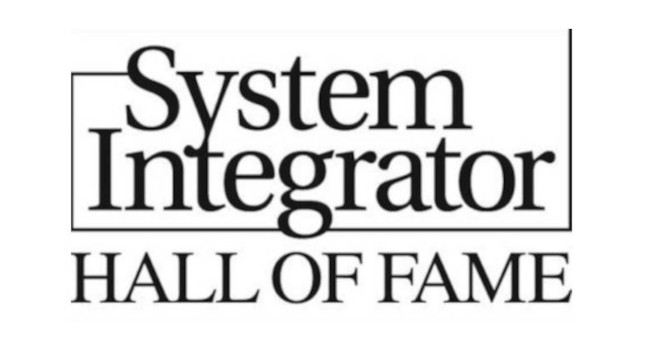Risk identification becomes the critically important first step, the one without which corrective actions cannot be undertaken.

A key responsibility of executives and managers in manufacturing is that of risk management. This refers to the obvious risk of physical operations and staff protection, but it includes quite a bit more. Risk to contracts, to the availability of brands of the direct employer and those of other clients, to reputations, regulatory, and risk to public safety and health are examples of things that elevate in responsibility along with the operating level of a senior executive or manager.
Risk identification becomes the critically important first step, the one without which corrective actions cannot be undertaken or could possibly misguided. It is rare that these risks are spelled out in a succinct and comprehensive volume, not the least of which is because the risks evolve constantly. One solution is installing the correct staff in the tiers immediately below the executives. However, that opens questions about the specific qualifications of all those employees, their tenure and familiarity with every facet of their role within that organization, and whether an overarching net has been cast to identify and compartmentalize potential risks. Further concerns arise around whether an internal team is free of groupthink and whether they possess the proper experience, qualifications, and motivations.
Fortunately, outside advisers exist who specialize in comprehensive risk identification and mitigation. As in most cases where outside counsel is sought, these are firms who have spent a significant amount of time in the direct or immediately tangential business of the clients. These firms can discuss and, more importantly, identify problem areas that exist based on their vast experience and they can bring new ways of investigating and quantifying these for clients
ECS performs these comprehensive manufacturing risk assessments on a regular basis. Their studies include all items on the manufacturing floor, covering overall process functionality, both automated and manual, and the associated control hardware and manufacturing software. They assess the obvious vintage and condition of the hardware and software, but they also review with an eye on standard operating procedures (SOPs) and possible gaps and opportunities that exist within those procedures and related documentation. They also identify and quantify levels of exposure and they deliver a tiered roadmap for future improvements. Perhaps most importantly, they review all of this with materiality in mind.
Existing information is utilized as reference but is verified throughout the process. The team and baseline documents perform the field investigation of functionality via interviews with operations staff. Any discrepancies are identified and, when possible, the client’s templates and documents are used as the basis for notations. They couple this information with their investigation into the types and vintages of software, controllers and input/output (I/O) cards, variable frequency drives (VFDs) and key control electronics, and communications devices such as Ethernet switches and connection points.
Following the time onsite, the team works behind the scenes to quantify the data and couple it with more detailed information. Their output report is not simply a statement of obvious facts but includes insights and reasoning behind all Risk notations about the likelihood and impact of all the covered areas. Depicted are the physical location of key equipment included in the investigation as well as cross reference lists to the physical items and related software. The report also includes visual refence to both a process flow diagram and a functional ecosystem layout which highlights the interconnected elements from the plant’s operations hierarchy. All of this is reviewed during the client’s project wrap-up conference. During this, the client focuses extensively on the included matrices which quantify all the included items and relationships with extensive reference to the likelihood and impact of the risk to each. Clients are left with a detailed understanding of everything they own, what a failure of each would mean to their operations, and the likelihood of these occurring.
The client is left with a comprehensive view of the components, systems, and processes which drive their operations. This helps the client understand more than just the pieces and parts but how those elements support each department and, whether previously known or not, how those pieces may inadvertently impact adjacent departments or functions. This is valuable information to have at a moment in time and it serves as a solid base from which to plan overall risk mitigation.



